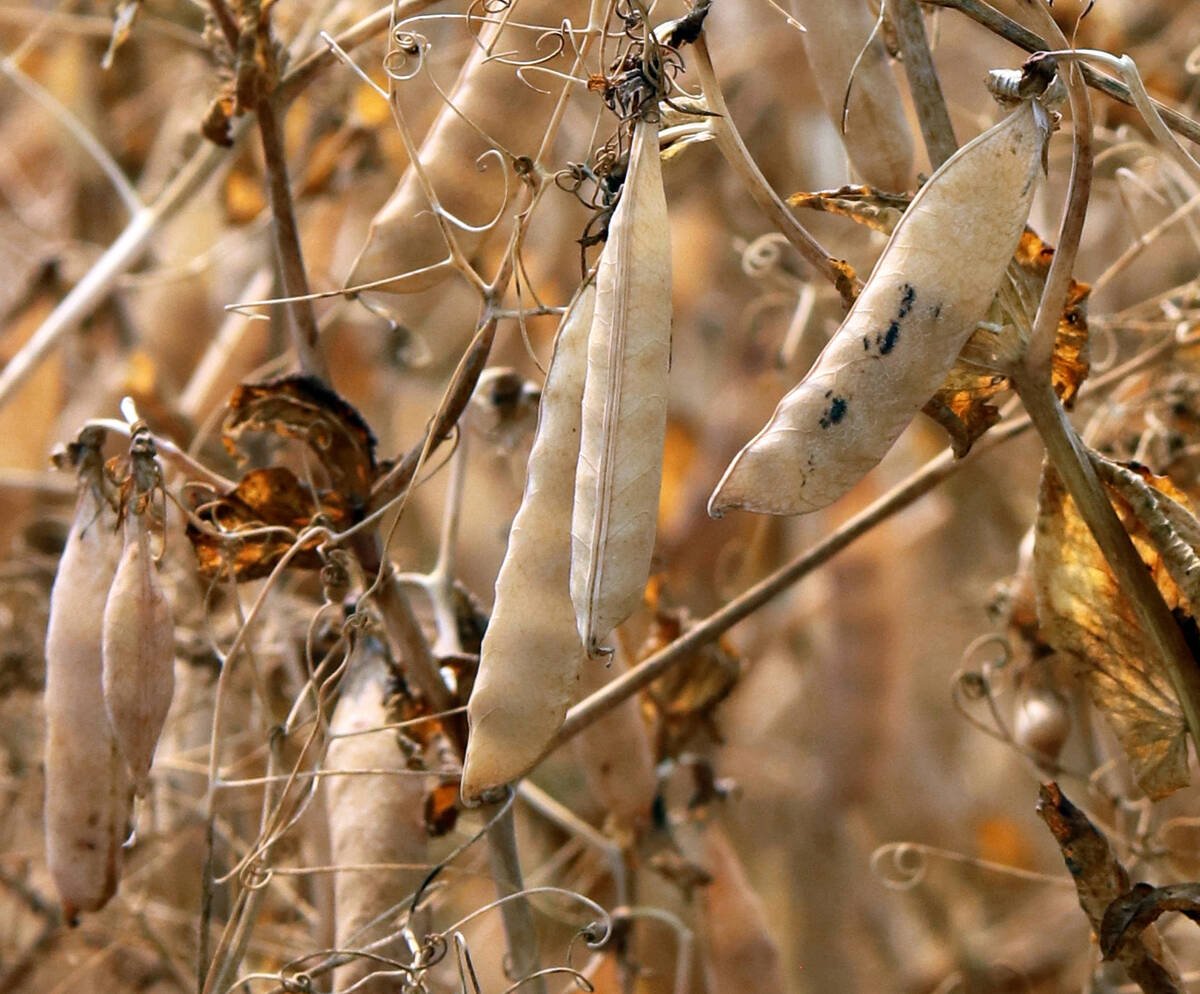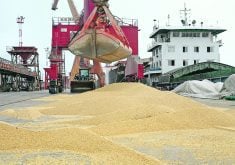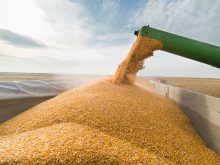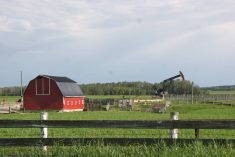It may still be popular in prairie pubs, but it’s increasingly rare in farmers’ fields.
Rye, a crop that once generated nearly a million tonnes of production annually, is now barely on the radar screen for most prairie producers.
“It’s a little bit of a forgotten crop,” said Cal Vandaele of Vandaele Seeds in Medora, Man.
But those who grow the fall-seeded crop stand by it like an old friend. They say it’s a reliable crop that fits well into their rotations, spreads out their workload, costs little to grow and generally produces a decent return.
Read Also

Trump’s tariffs take their toll on U.S. producers
U.S. farmers say Trump’s tariffs have been devastating for growers in that country.
“I wouldn’t say we make big bucks off it, but most years we come out a little bit ahead,” said Glenboro, Man., farmer Jim Drinkwater. He has been seeding 400 to 500 acres of rye every year since he started farming in 1989.
“That’s 400 to 500 acres I don’t have to seed in the spring,” he said, adding he grows the crop on summerfallow, usually with no chemicals or fertilizer.
Vandaele, who calls himself the “Rye Guy” on the company’s website, gives the crop a similar endorsement.
“You may never hit the jackpot with rye, but you’ll never lose money growing it either,” he said. “It’s very safe, very bankable. You know what you’re going to get.”
This year, what rye growers should get is better prices.
Agriculture Canada is projecting prices during 2006-07 will average around $90 a tonne (basis Saskatoon), or about $2.30 a bushel.
That’s up from 2005-06, when prices averaged $81 a tonne, or slightly more than $2 a bu.
A number of factors are expected to support rye prices in the coming year: lower intervention stocks in the European Union, which will support world prices; higher U.S. corn prices and lower production of both rye and barley in Canada.
Vandaele expects prices will remain around $90 a tonne throughout the coming year, due to flat demand.
Drinkwater said the crop has to generate a return of $80 to $90 an acre to break even. A yield of 35 bu. an acre and a price of $2.30 a bu. would produce revenue of slightly more than $80 an acre.
Jake Davidson, executive manager of Winter Cereals Canada, said rye would probably pencil out well for most producers, but many simply look at the low price per bu. and move on.
“If they looked at the per acre return instead, they may come up with some very favourable incentives on paper to grow fall rye because of the low costs of doing it,” he said.
At the same time he acknowledged it’s not always easy to find somebody to buy it.
“There’s not a lot of companies out there looking for rye,” he said.
Vandaele said the biggest reason rye prices have dropped by half from the $4 a bu. range of a few years ago is the increased value of the Canadian dollar, which has taken at least a dollar per bu. off the price to farmers.
“U.S. millers are probably paying as much as they’ve ever paid for rye but it’s just not converting back to Canadian dollars,” he said.
Rye area swings up and down, with seeded acreage across Canada ranging from a high of 545,000 acres to a low of 250,000 during the past decade.
About 85 percent of that acreage is in Western Canada. Of that, about half is in Saskatchewan and the rest divided equally between Manitoba and Alberta.
This year’s harvest is expected to produce about 320,000 tonnes, including 260,000 tonnes in the West.
Rye finds its way into three distinct domestic markets. Although specific numbers are difficult to come up with, analysts say about 30,000 tonnes a year are purchased by distillers, about 15,000 tonnes go into the domestic milling market and the rest (about 150,000 tonnes in 2005-06) goes into feed markets.
Another 100,000 to 120,000 tonnes are exported. The Canadian Grain Commission no longer compiles statistics for rye exports, but according to Agriculture Canada’s market analysis branch, exports in 2005-06 were 120,000 tonnes, with 110,000 going to the United States, mainly to millers, and 10,000 tonnes to Japan.
Canada exported around 400,000 tonnes annually in the early 1980s but the total declined as European intervention stocks built up and moved into the world market at low prices, displacing Canadian rye.
Some growers also plant rye in the fall to use as a spring forage. Over the past six years, an average of 62 percent of the fall rye is harvested the next year, ranging from a low of 46 percent to a high of 75 percent.
Vandaele expects this fall’s seeded acreage will be down due to dry weather and significant carryover.
Rye boosters hope the creation of the Saskatchewan Winter Cereals Development Commission this fall, likely to be followed by a similar commission in Manitoba, will result in increased research and market development efforts for the crop.














